Announced the title of the CIMAM 2024 Annual Conference in Los Angeles
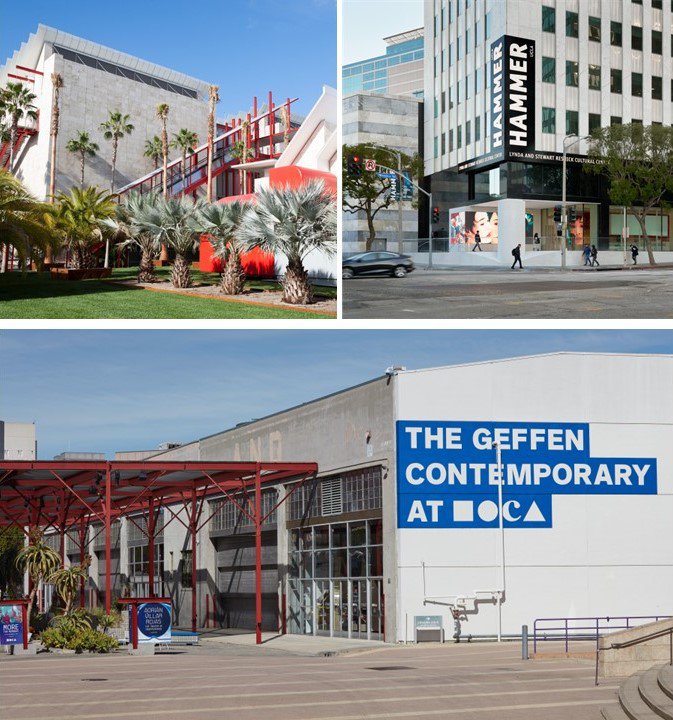
The 56th CIMAM Annual Conference in Los Angeles to explore
Sustainable Futures
How? When? And for Whom?
Under the rubric of sustainable futures, the 2024 CIMAM Annual Conference will address the subject of sustainability from an integrated and holistic perspective, beginning with our desire to respond to climate change by reassessing our policies around collection care and conservation; rethinking the buildings we occupy and the cities we are part of; while also exploring innovative models for economic sustainability and community building.
Barcelona, April 16, 2024 - The members of the CIMAM 2024 Contents Committee are pleased to announce the title and abstract of the CIMAM 2024 Annual Conference that will be held in Los Angeles from December 6 to 8, 2024.
This will be the second time the conference is held in Los Angeles, the first being 34 years ago in 1990. Co-hosted by The Museum of Contemporary Art (MOCA), the Hammer Museum at UCLA, and the Los Angeles County Museum of Art (LACMA), and with major support from the Getty Foundation, this anticipated conference represents a pivotal gathering of international minds in the realm of contemporary art and museum practices, giving attendees an excellent opportunity to explore Los Angeles' vibrant art and cultural scene, defined by its rich diasporic and multi-lingual/ethnic landscape.
Sustainability is one of the most important words in the public arena. How are museums putting into practice?
The CIMAM Annual Conference will bring together an international roster of museum directors, curators, architects, artists, and visionaries who are transforming the field. Through keynote speeches and panel format presentations and discussions, the conference will engage colleagues at the forefront of the field who are thinking anew about the intersection of museological practice, climate/social change and contemporary art, and forging new models of sustainable practice in the cultural sector. Artists are central to this change—in pushing the conventions by challenging notions of what is 'collected' and 'preserved'; in re-defining the possibilities of art in relation to community engagement; and in centering indigenous perspectives and belief systems that fundamentally question the proscribed definitions of art as well as our relationship to nature and ecology.
In the field of modern and contemporary art, CIMAM offers professionals a platform to speak openly and candidly about the state of the field, about the status of museums and cultural organizations within the sea change of political events and social movements, climate emergency and a global pandemic that has radically altered the world we live in. In this context, museums and cultural spaces today are having to reckon with and redefine our place within society at large, reimagining our functions, values and responsibilities in relation to realities we live in.
Sustainable Futures
How? When? And for Whom?
The 2024 Annual Conference will address key questions such as: How do museums navigate the tensions of the ongoing cycles of crisis and change? What does it mean in the context of art institutions? How are museums putting it into practice? And how do we acknowledge different contexts, cultures and economies?
The conference will also explore the sustainability of economic and financial infrastructures, looking to new and innovative funding models through case studies of social impact philanthropic initiatives and ambitious, artist-led projects. It will also consider the challenges we face today in the inherited models of the American non-profit system and publicly-funded state-supported institutions of Europe–as we seek to balance public good and private interests.
Crucially, the conference will foreground the importance of indigenous worldviews in discussions about the intersection of art, ecology and practice, providing spaces to think about sustainability as community-led, custodianship versus ownership and intellectual and philosophical frameworks for what a museum can be.
PST ART: Art & Science Collide

The conference's content will align with Southern California’s landmark arts event PST ART, which returns in September 2024 with more than 60 exhibitions from museums and other institutions across the region, all exploring the intersections of art and science, both past and present. Dozens of cultural, scientific, and community organizations will join the latest edition, PST ART: Art & Science Collide, with exhibitions on subjects ranging from ancient cosmologies to Indigenous sci-fi, and from environmental justice to artificial intelligence. PST ART is a Getty initiative. Conference delegates will have specially organized tours and the opportunity to engage with artists and curators participating.
The CIMAM Conference is proud to have the Getty Foundation as its main supporter, underscoring its shared commitment to advancing dialogue and innovation within the cultural sphere.
Post-Conference Tour to the desert on December 9 and 10, 2024
Following the main event, conference delegates are invited to participate in a post-conference tour from December 9 to 10th. This immersive journey will explore the art and architecture of the Palm Springs, Joshua Tree, and High Desert regions, offering insights into the intersection of art, culture, and nature amidst the backdrop of California's breathtaking desert landscapes and extreme climate conditions.
Registration and Travel Grants
Early bird registration for CIMAM's Patrons and Institutional Members will open on April 29. Registrations will be open to all professionals from May 15 to September 30.
CIMAM will soon open the Call for Travel Grant Applications to support individuals' curatorial and research development through attendance at the Annual Conference.
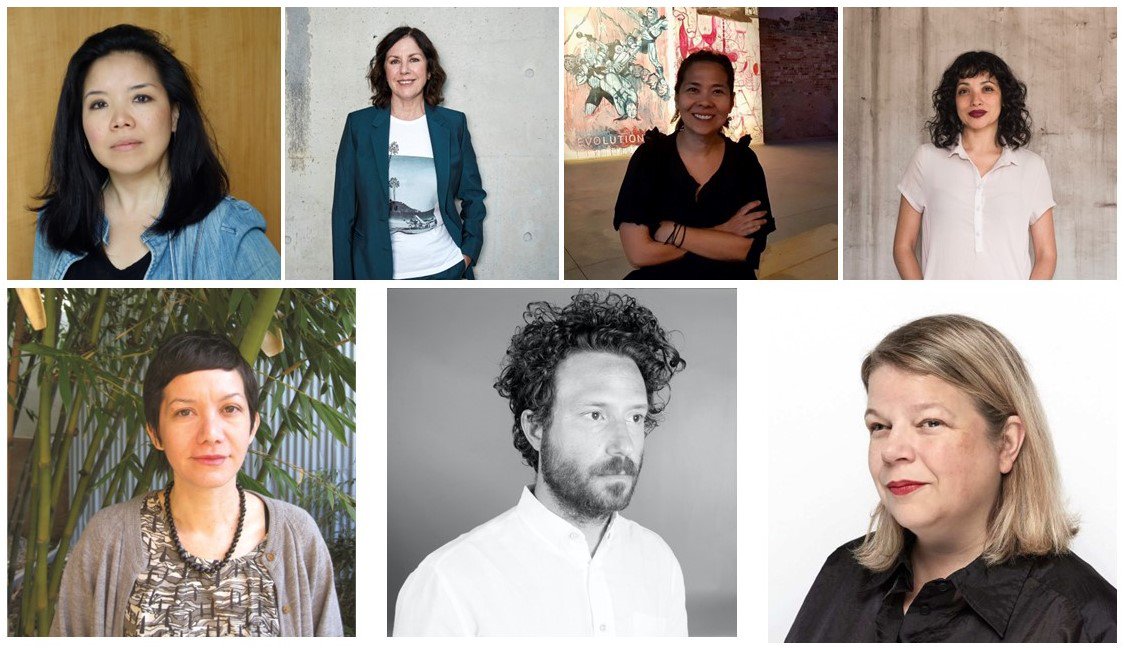
The CIMAM 2024 Annual Conference is conceived and organized by the Content Steering Committee made up of:
- Clara Kim (Chair of the Contents Committee), Chief Curator and Director of Curatorial Affairs, The Museum of Contemporary Art, Los Angeles.
- Suzanne Cotter, Director, Museum of Contemporary Art Australia, Sydney.
- Joselina Cruz, Director/Curator, Museum of Contemporary Art and Design (MCAD) Manila.
- Amanda de la Garza, Director, Museo Universitario de Arte Contemporáneo (MUAC), Mexico City.
- Rita Gonzalez, Terri and Michael Smooke Curator and Department Head Contemporary Art, Los Angeles County Museum of Art (LACMA), Los Angeles.
- Aram Moshayedi, Interim Chief Curator, Hammer Museum, Los Angeles.
- Kitty Scott, Independent Curator, Toronto.
About CIMAM
The International Committee for Museums and Collections of Modern Art (CIMAM) is a global platform dedicated to fostering dialogue, collaboration, and innovation within the contemporary art museum sector. Through its Annual Conferences, publications, and programs, CIMAM strives to shape the future of modern and contemporary art museums and promote excellence in this field.
About The Museum of Contemporary Art (MOCA)
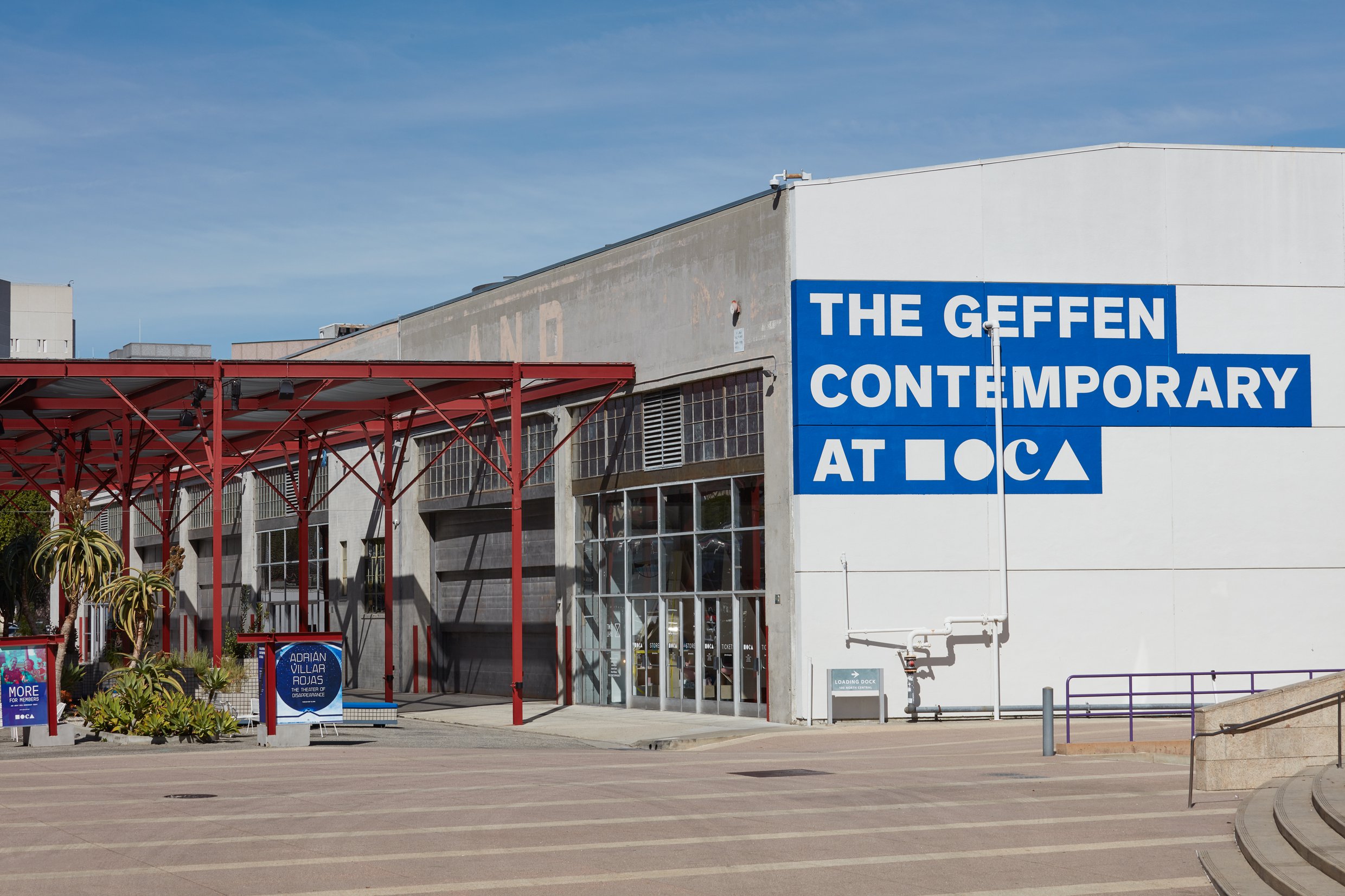
Founded in 1979, MOCA is the defining museum of contemporary art. In a relatively short period of time, MOCA has achieved astonishing growth; a world-class collection of nearly 8,000 objects, international in scope with deep holdings in Los Angeles art; hallmark education programs that are widely emulated; award-winning publications that present original scholarship; groundbreaking monographic, touring, and thematic exhibitions of international repute that survey the art of our time; and cutting-edge engagement with modes of new media production. MOCA is a not-for-profit institution that relies on a variety of funding sources for its activities.
About the Hammer Museum
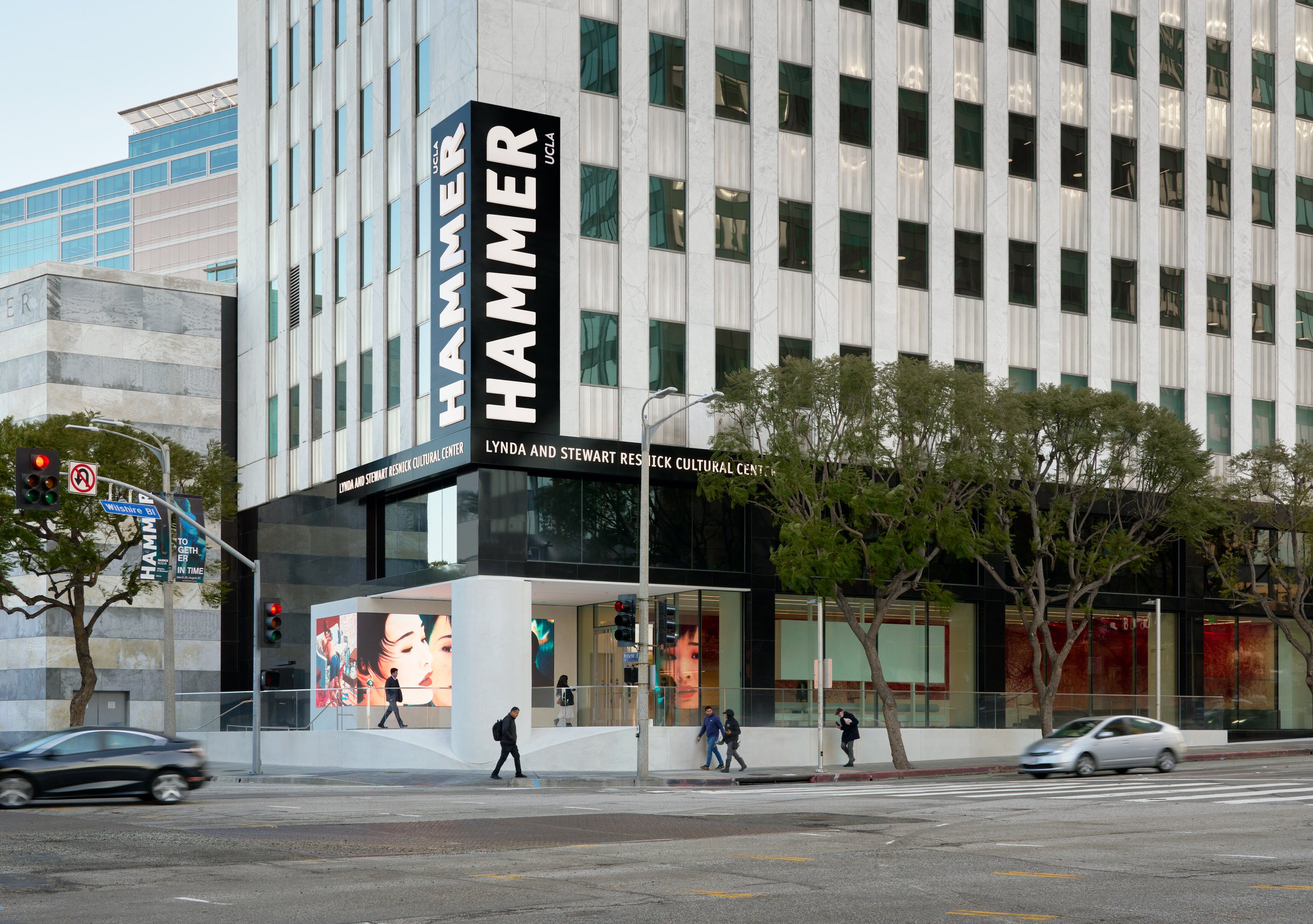
The Hammer Museum is part of the School of the Arts and Architecture at UCLA, and offers exhibitions and collections that span classic to contemporary art. It holds more than 50,000 works in its collection, including one of the finest collections of works on paper in the nation, the Grunwald Center for the Graphic Arts. Through a wide-ranging, international exhibition program and the Made in L.A. biennial, the Hammer highlights contemporary art since the 1960s, especially the work of emerging and under - recognized artists. The exhibitions, permanent collections, and nearly 300 public programs annually— including film screenings, lectures, symposia, readings, music performances, and workshops for families—are all free to the public.
About Los Angeles County Museum of Art (LACMA)
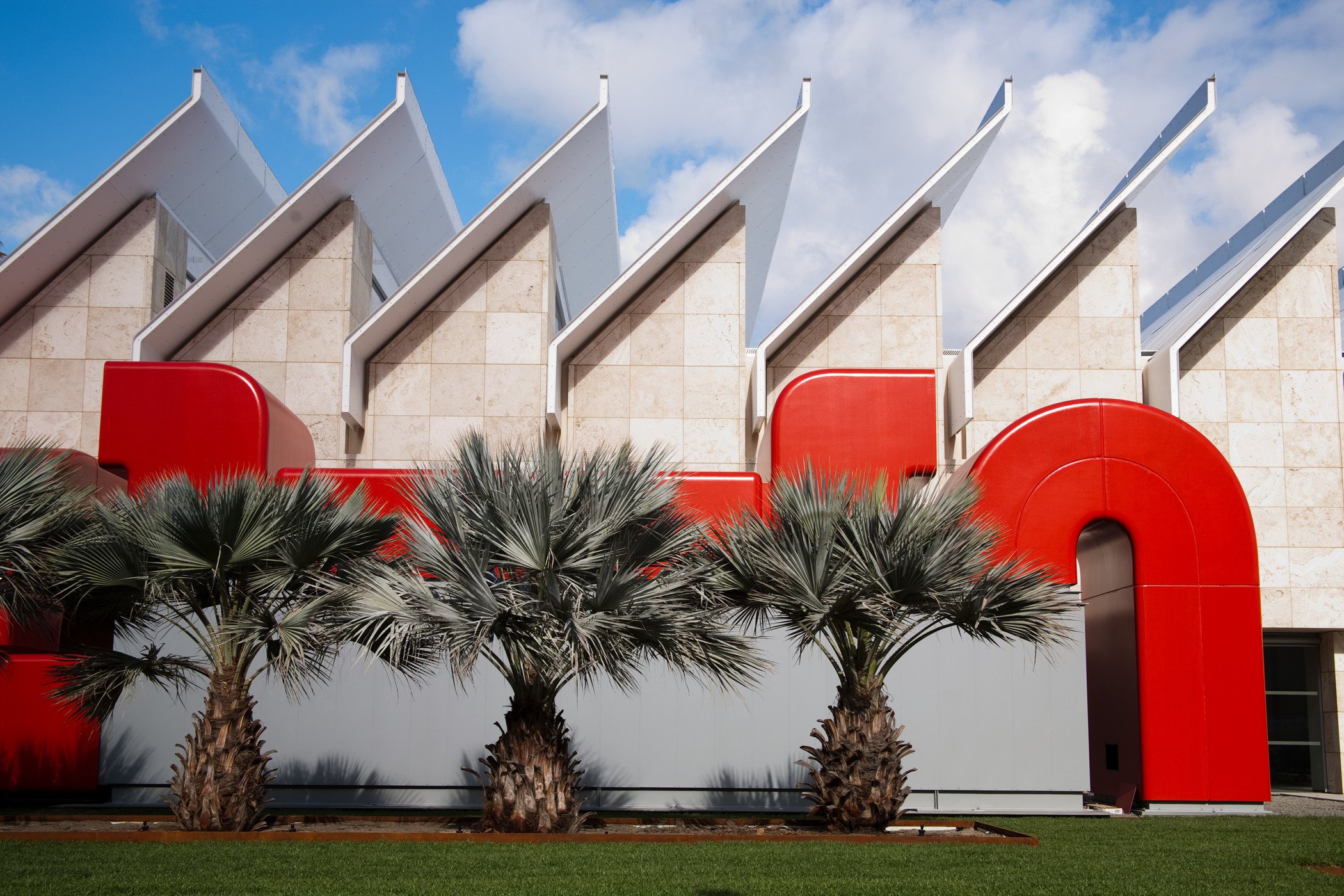
Located on the Pacific Rim, LACMA is the largest art museum in the western United States, with a collection of more than 152,000 objects that illuminate 6,000 years of artistic expression across the globe. Committed to showcasing a multitude of art histories, LACMA exhibits and interprets works of art from new and unexpected points of view that are informed by the region’s rich cultural heritage and diverse population. LACMA’s spirit of experimentation is reflected in its work with artists, technologists, and thought leaders as well as in its regional, national, and global partnerships to share collections and programs, create pioneering initiatives, and engage new audiences.
The Getty Foundation

The Getty Foundation fulfills the philanthropic mission of the Getty Trust by supporting individuals and institutions committed to advancing the greater understanding and preservation of the visual arts in Los Angeles and throughout the world. Through strategic grant initiatives, the Foundation strengthens art history as a global discipline, promotes the interdisciplinary practice of conservation, increases access to museum and archival collections, and develops current and future leaders in the visual arts. It carries out its work in collaboration with the other Getty Programs to ensure that they individually and collectively achieve maximum effect. Additional information is available at www.getty.edu/foundation.